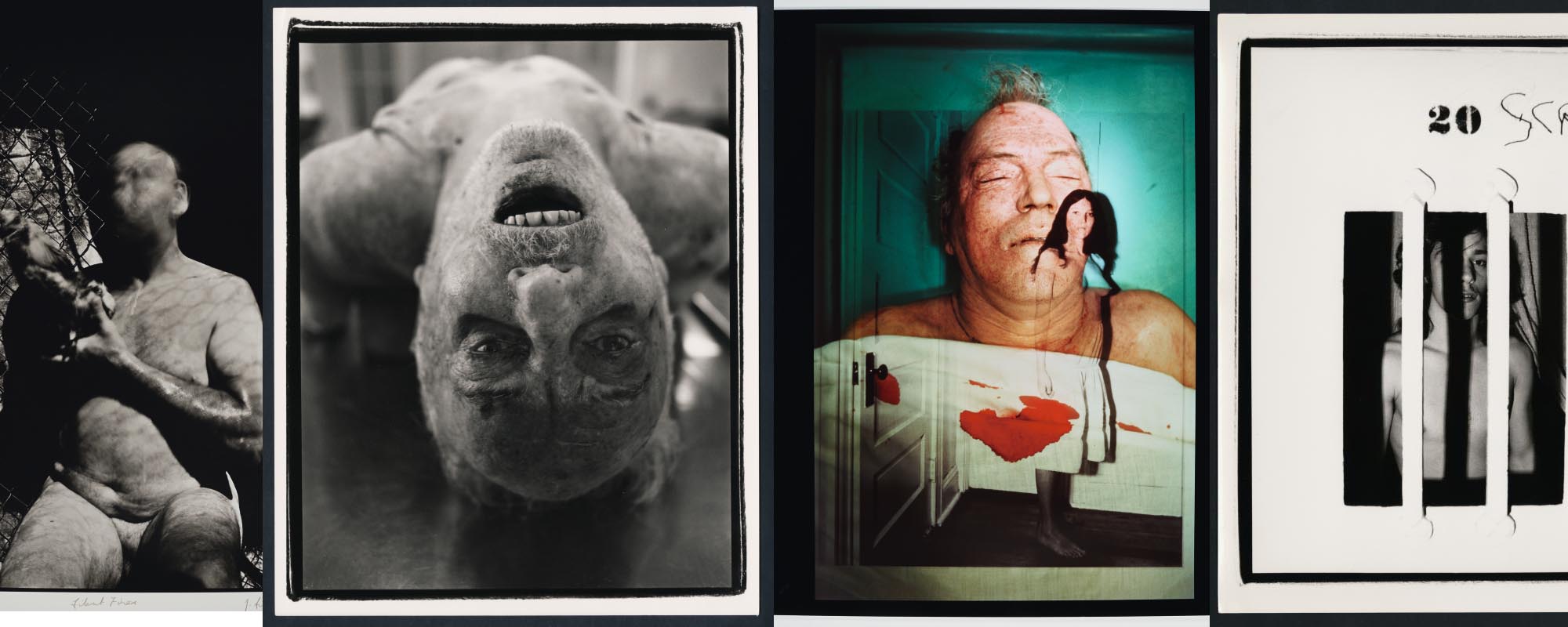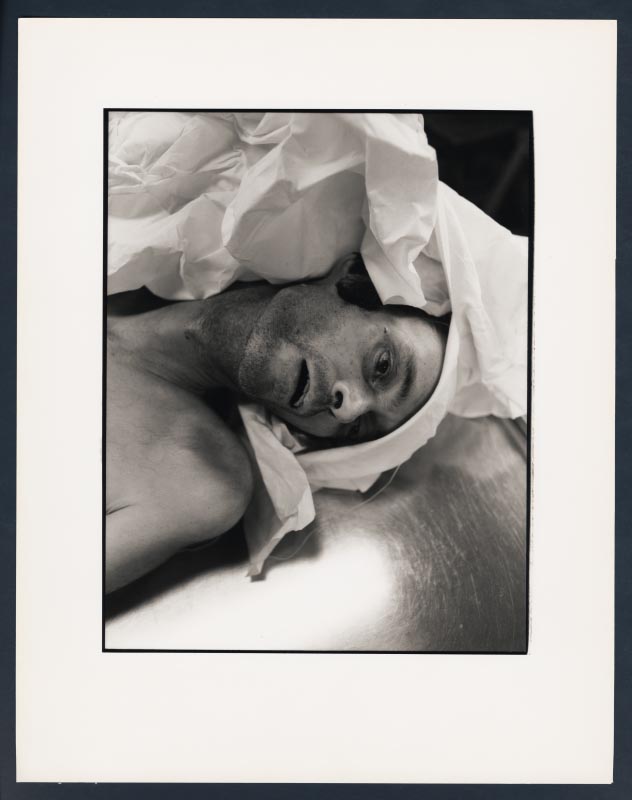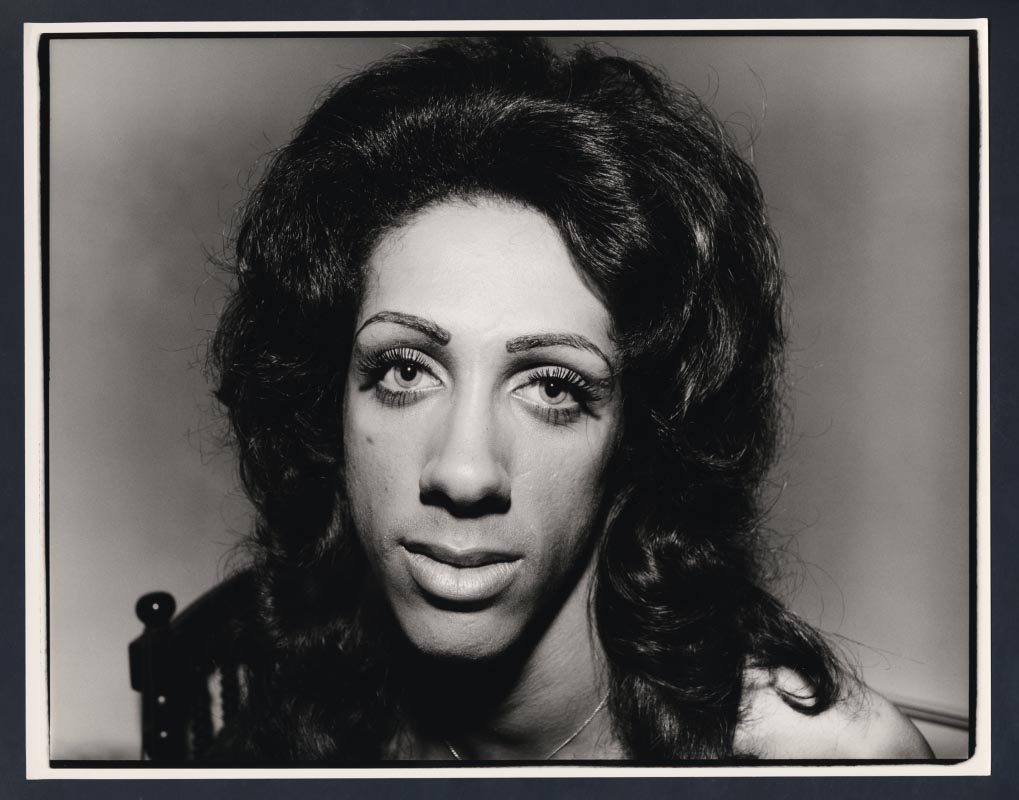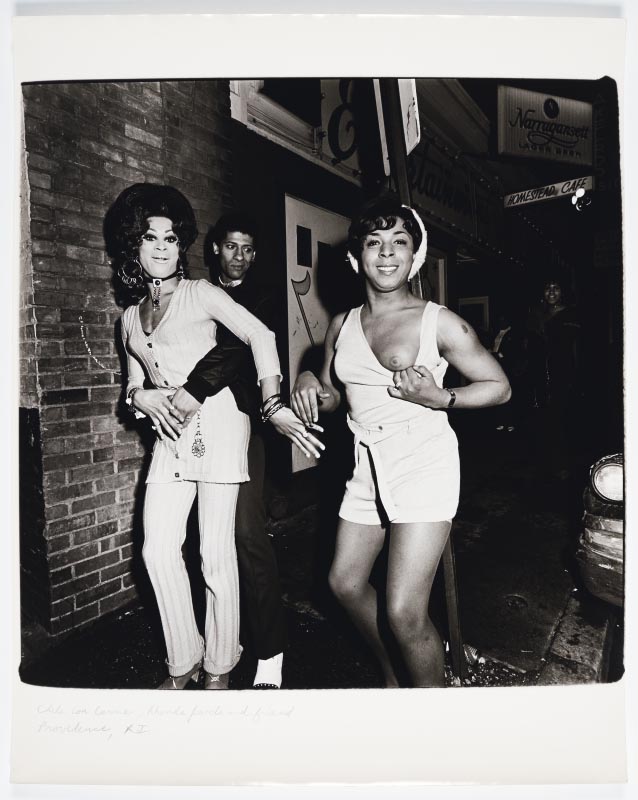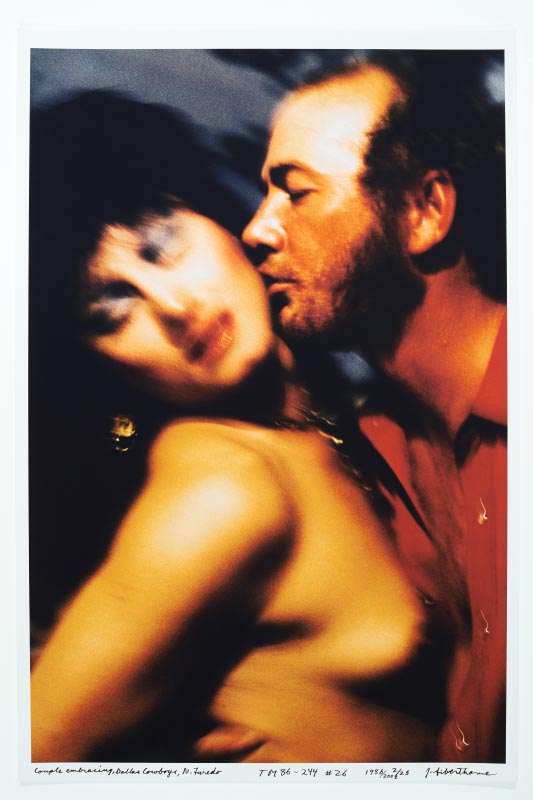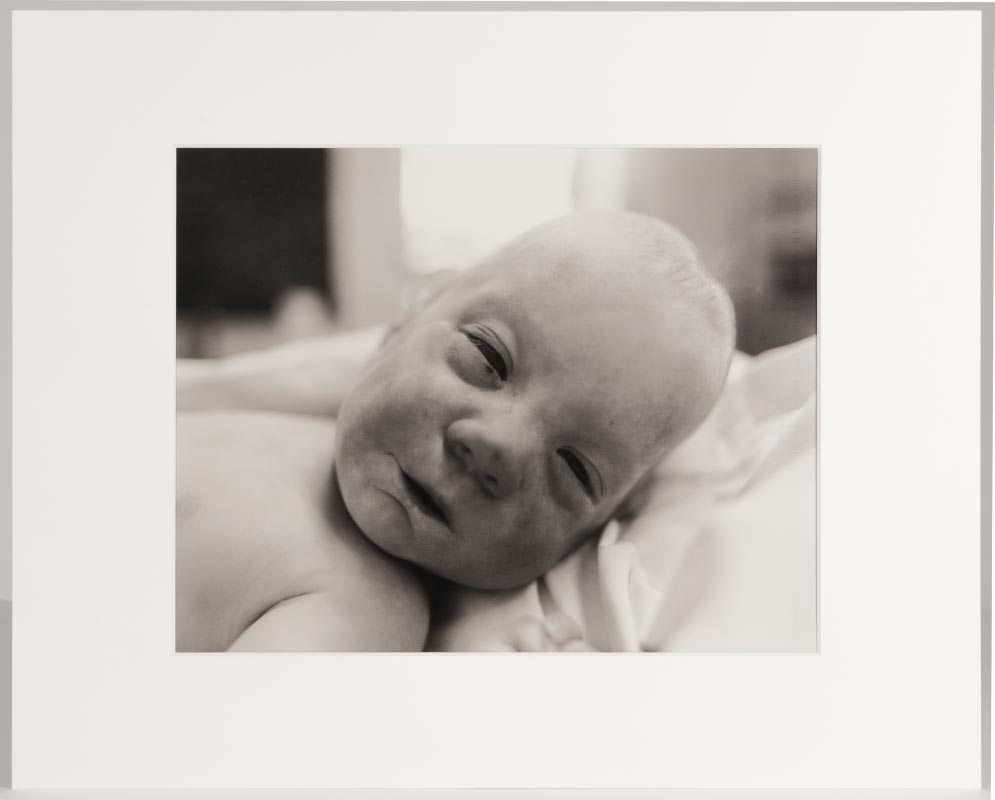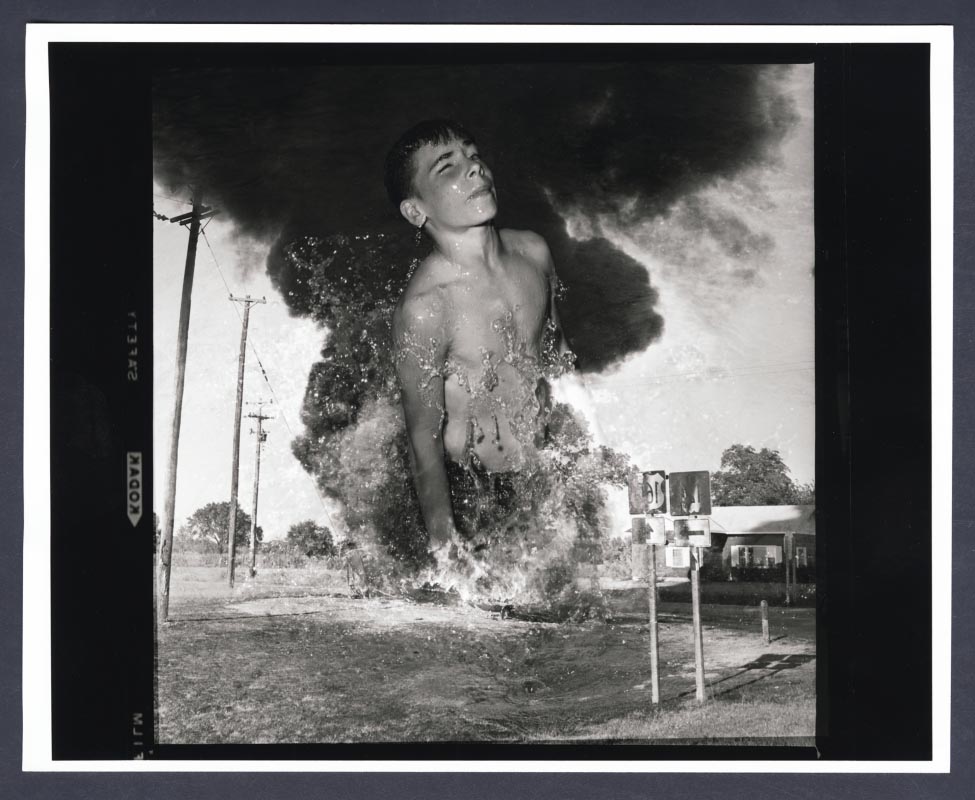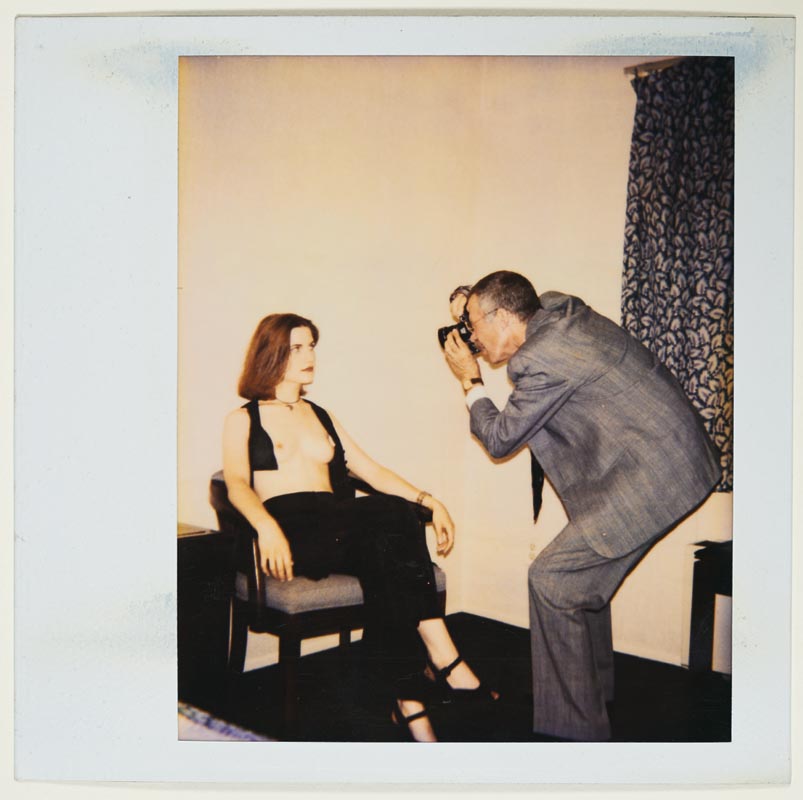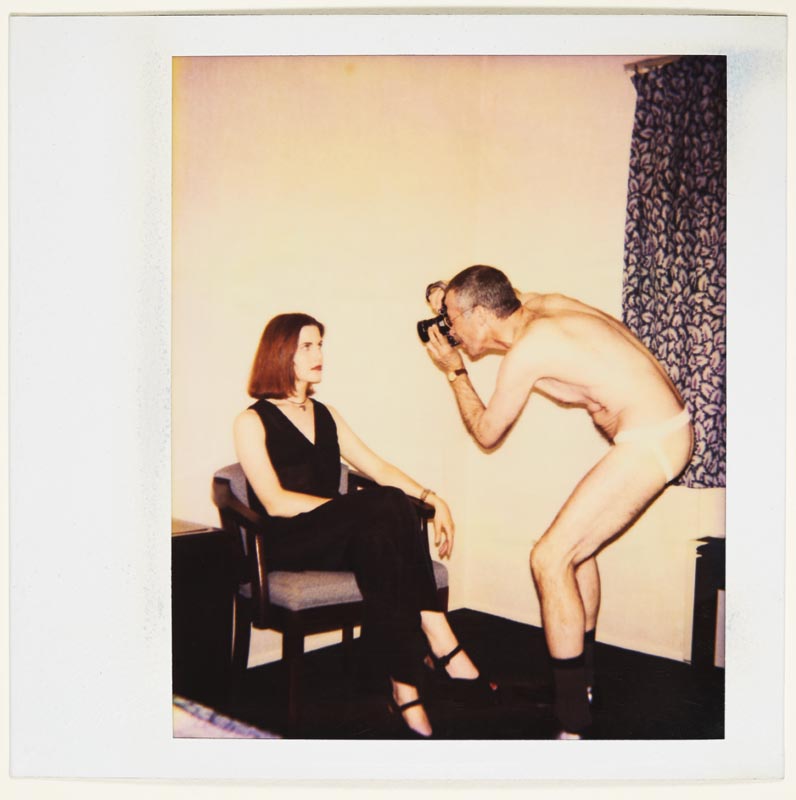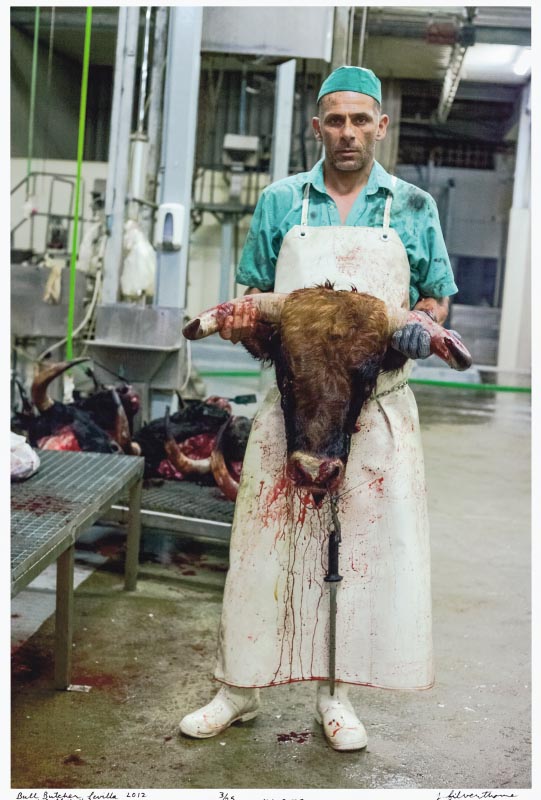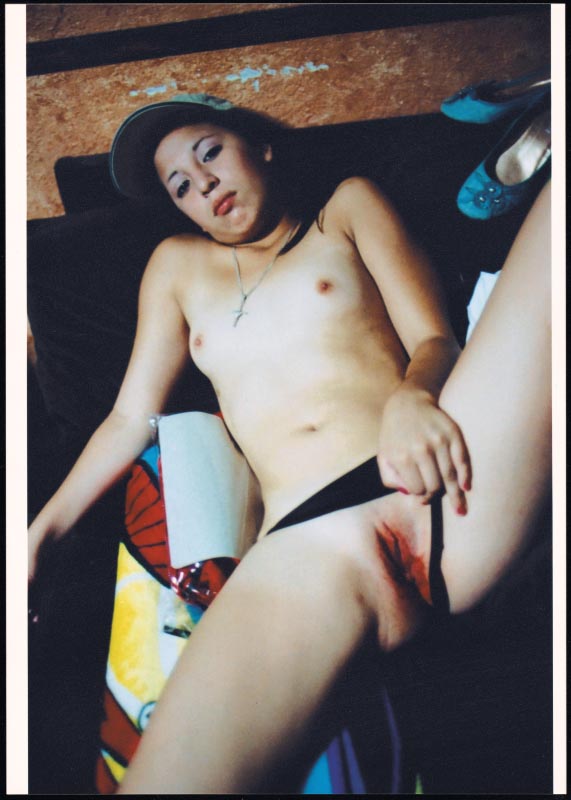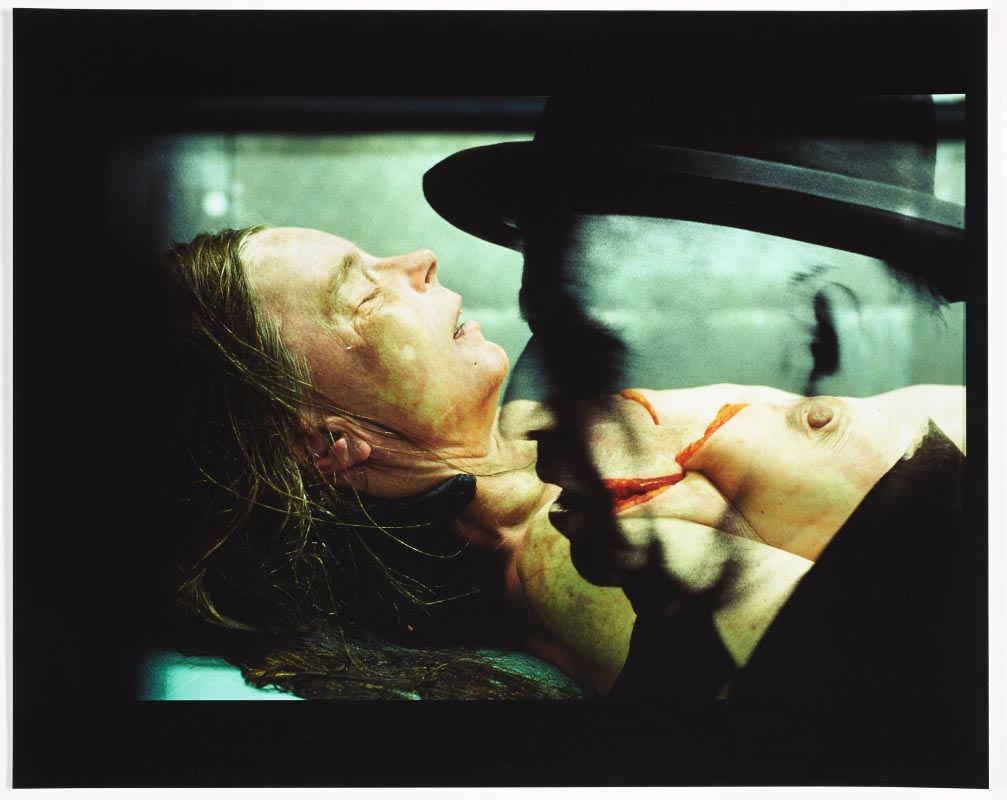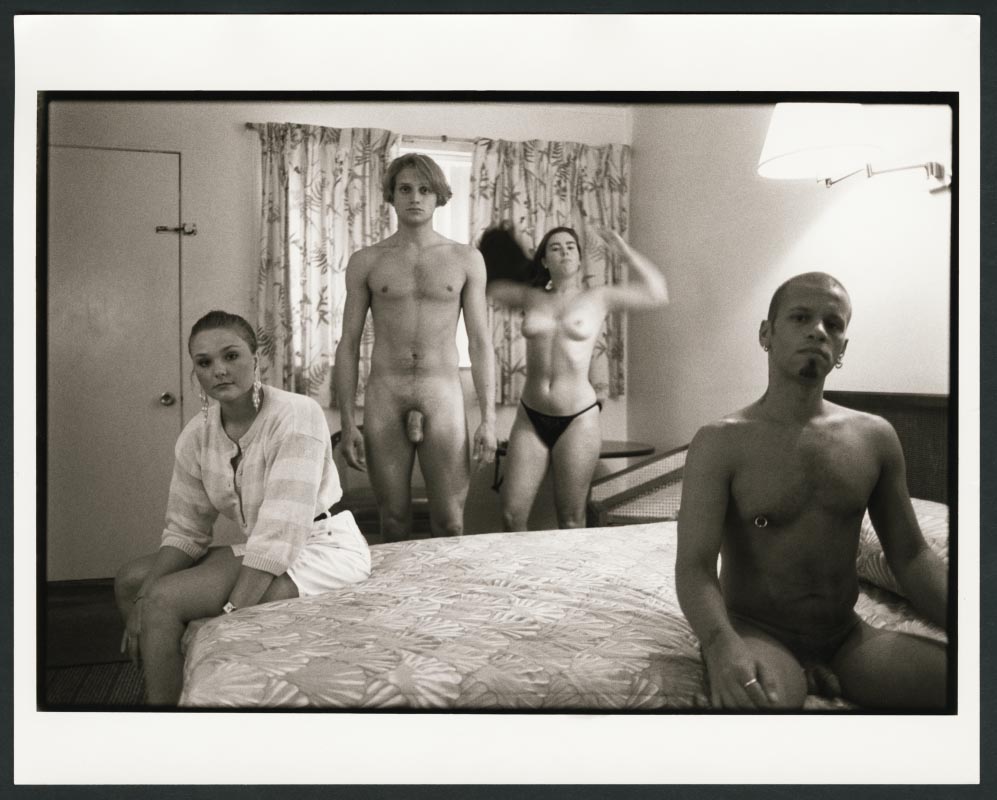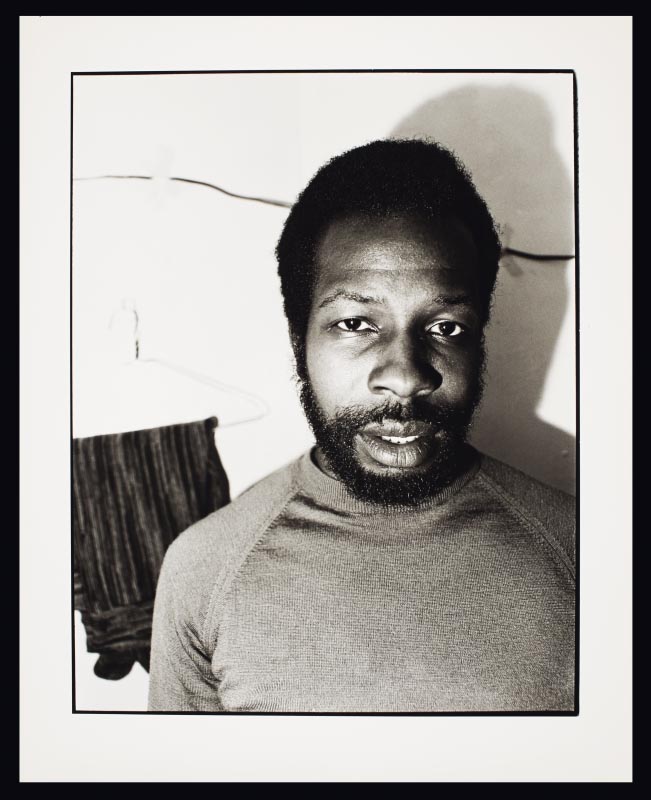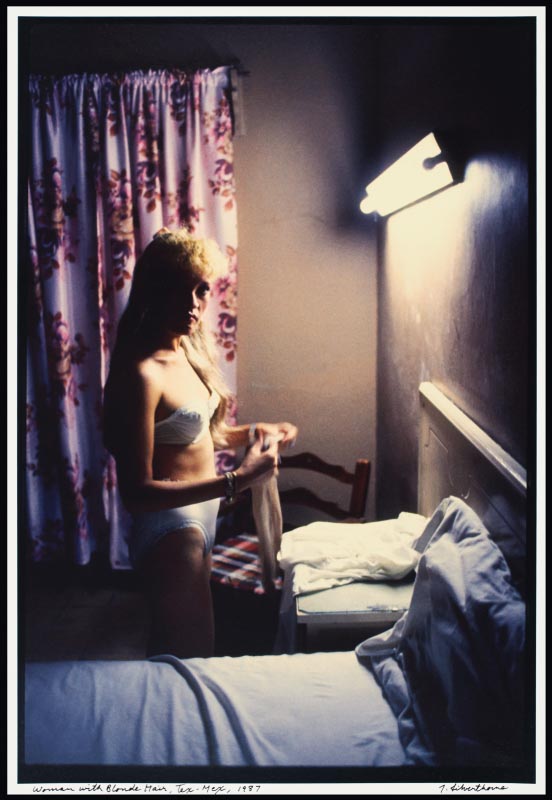” The overlapping of basic subjects, the presentation of identities and where life/energy goes, is embedded in these content matters which superficially seem to be diverse but are really very intimately related. Life is a multi-faceted coin that we each need to turn in many ways”.
Brad Feuerhelm, ASX, September 2015
BF: I have been following your work since the late 1990’s when I became obsessed with your image “Woman Who Died in her Sleep”… which I was later lucky enough to get from Cary Loren in Detroit. The complete and petrifying co-opting of death and eroticism in one image created a difficult schism in me. I was staring at a woman’s sutured corpse on a morgue table or drawer… she was posed as if just waking up in the morning, her life stricken in her 20’s or at best early 30’s… the stitched nipple and the slight contusion to her head… very penetrating visual memories flood in even as I think about it. This “Morgue Work” would consume a large part of your career in the 70’s and the 80’s… though you were also working with living bodies “Portraits”, “Female Impersonators”, and “Silent Fires”… how were you able to separate the subject matter and yet seemingly allow such a duality to continue…was there an on off switch as soon as the formaldehyde hit your olfactory processing?
JS: I have, and continue to, work with a variety of content matter. Most of the content matters I choose deal with borders, limits, a crossing of limits. The subject matter, with me like a vulture circling for food, comes back to what are basic concerns of being alive, and the subject of change, which death is a part of. The overlapping of basic subjects, the presentation of identities and where life/energy goes, is embedded in these content matters which superficially seem to be diverse but are really very intimately related. Life is a multi-faceted coin that we each need to turn in many ways. If these topics, the morgue, the impersonators, the slaughterhouse, the portraits, the massage parlors, the landscapes, the family, etc. really were separate I would have to be a schizophrenic or a businessman.
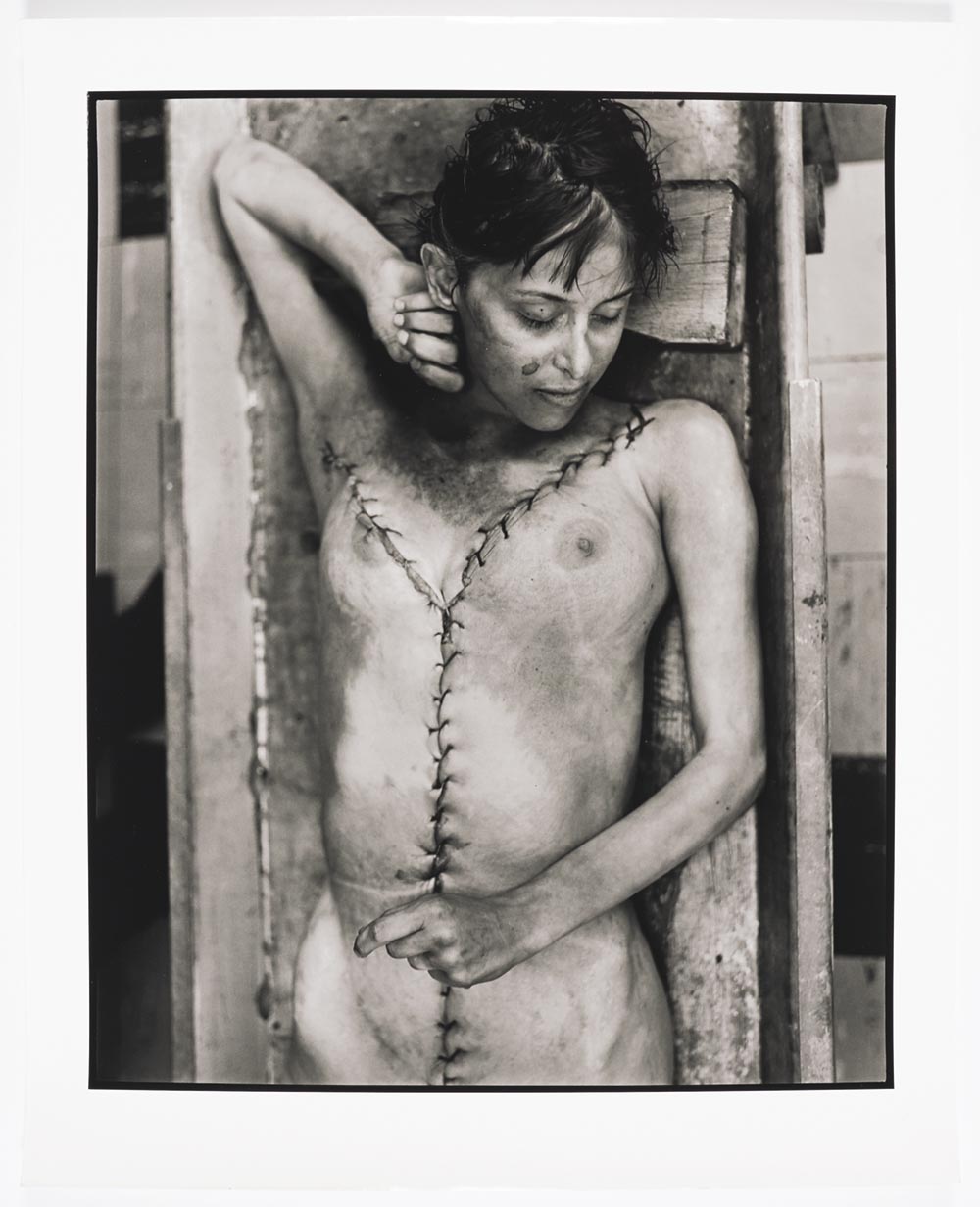
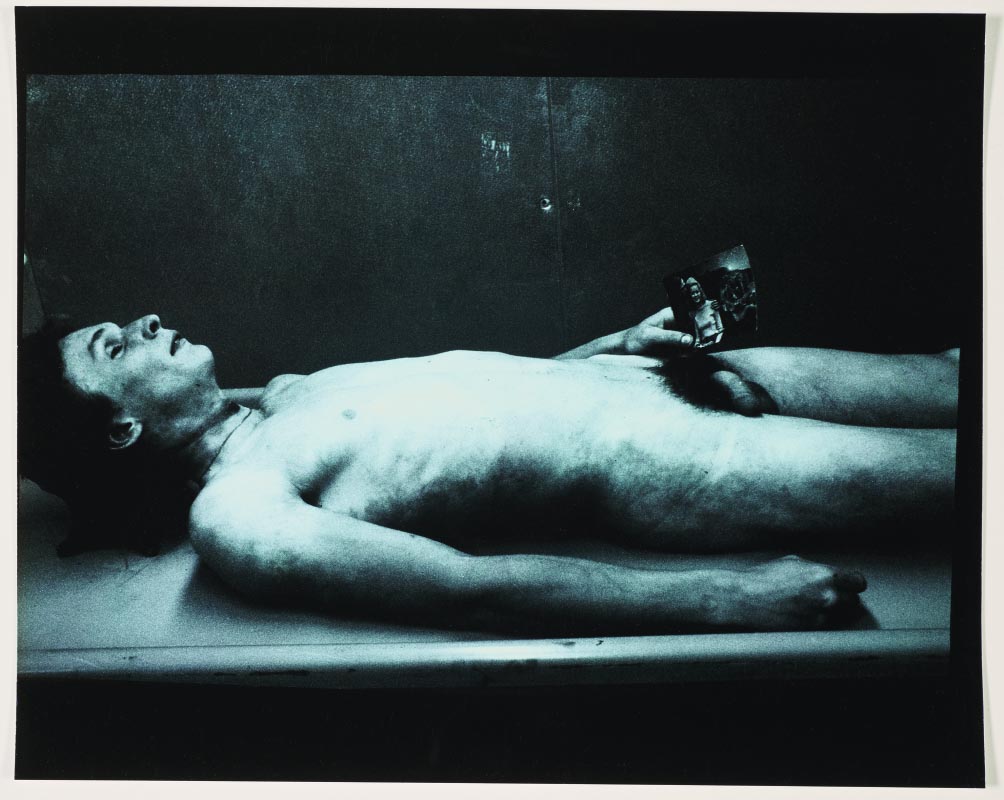
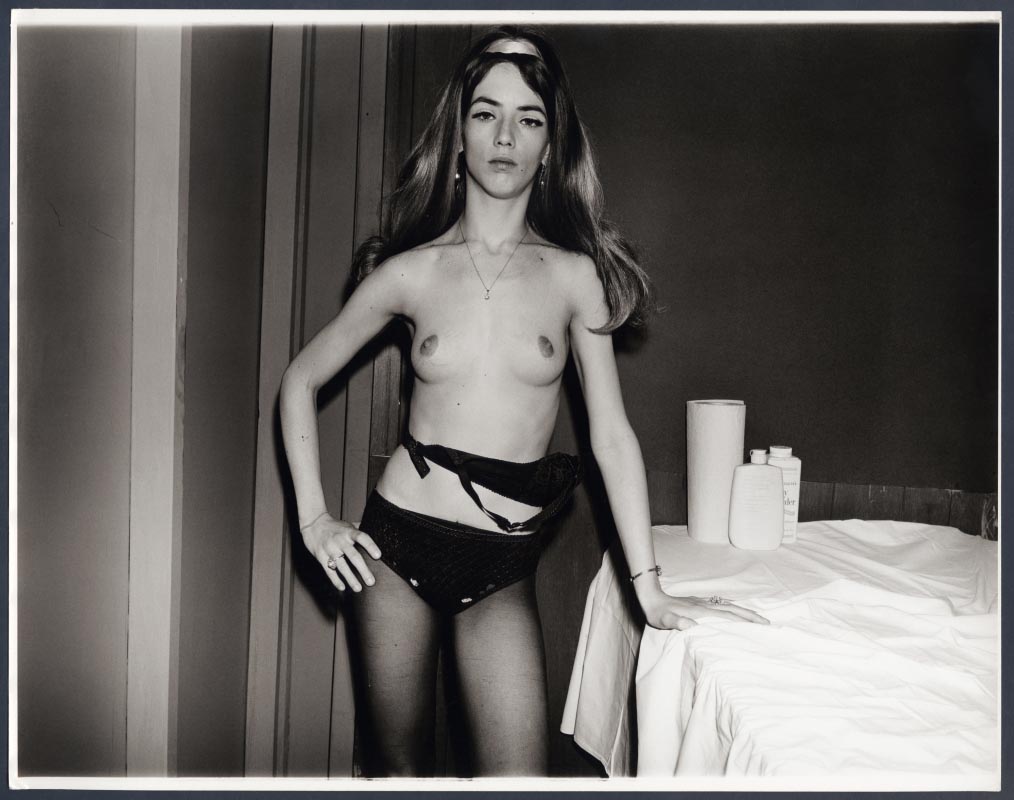
” The body/mind is a beautiful (when it’s working) and terrifying (when it’s not working) vehicle and device and tool for measuring. Also, they are what we have and you cannot easily measure with what you don’t have”.
BF: I am sorry if I seem one-tracked here going over the early work, but is very affecting for me… this focus on the body… death… yet eroticism resurfaces in “Letters from the Dead House”… the series combines the nude body montaged against the dead bodies in the morgue…this is where the implied eroticism… the pose… of “Woman Who Died in Her Sleep” resonates on a more functional level… the sandwiching of imagery because more blatant, but in doing so causes one to really separate the moments that each image was made, then to combine the vibrancy of the nude living body… tied directly to that of the body in death… there is a hint of surrealism here… a psychoanalytic wet dream from Freud’s crib… can you explain a little bit of the genesis of this work and its intention?
JS: The body/mind is a beautiful (when it’s working) and terrifying (when it’s not working) vehicle and device and tool for measuring. Also, they are what we have and you cannot easily measure with what you don’t have. Realities of desire, the hopes, fears, consequences and responsibilities, can easily swing between pleasure and heartbreak. No wet dreams for Freud or anybody else, it’s simply a question of how do you mark, make visible, your curiosity. Being alive is a gift to be recognized and used. After all, we each will be dead for a lot longer than we will have been alive. The overlapping of imagery goes back to earlier questions and devices of being in two perspectives/places at the same time. They are like memories and souvenirs whose unexpected combinations and associations can prompt questions well beyond the usual limits of imagination.
BF: The other hypothesis I had when I look back on “Letters From the Dead House” is the use of the photograph in the hands of the dead… very loaded questions about the use of the dead body… when we consider artists using corpses throughout art history… it is not so unfamiliar… can you pontificate on using the photograph in the hand of the corpse… its significance… its problematic act? That is not an accusation, mind you… just a intended cultural stereotype on the reception the of imagery…
JS: Putting the postcard, the picture, in the hand of the dead person was one way of offering them sight. It was also one way of putting myself in the corpse’s place. There are ethical, maybe moral, but not legal, questions at play here. So much public and financial value is put on being perfect, but we are not perfect, we are just mortal, transient, people being people and mostly trying to live an okay life. Life is most beautiful when it is usual and the postcard is a usual souvenir/tool/device of travel. But the travel that these dead people are on we, the living, do not and can not know, so because eternity is so important we imagine, we wonder, and we are tender with those we care about and we try to avoid those we dislike. Then we die and what is left?
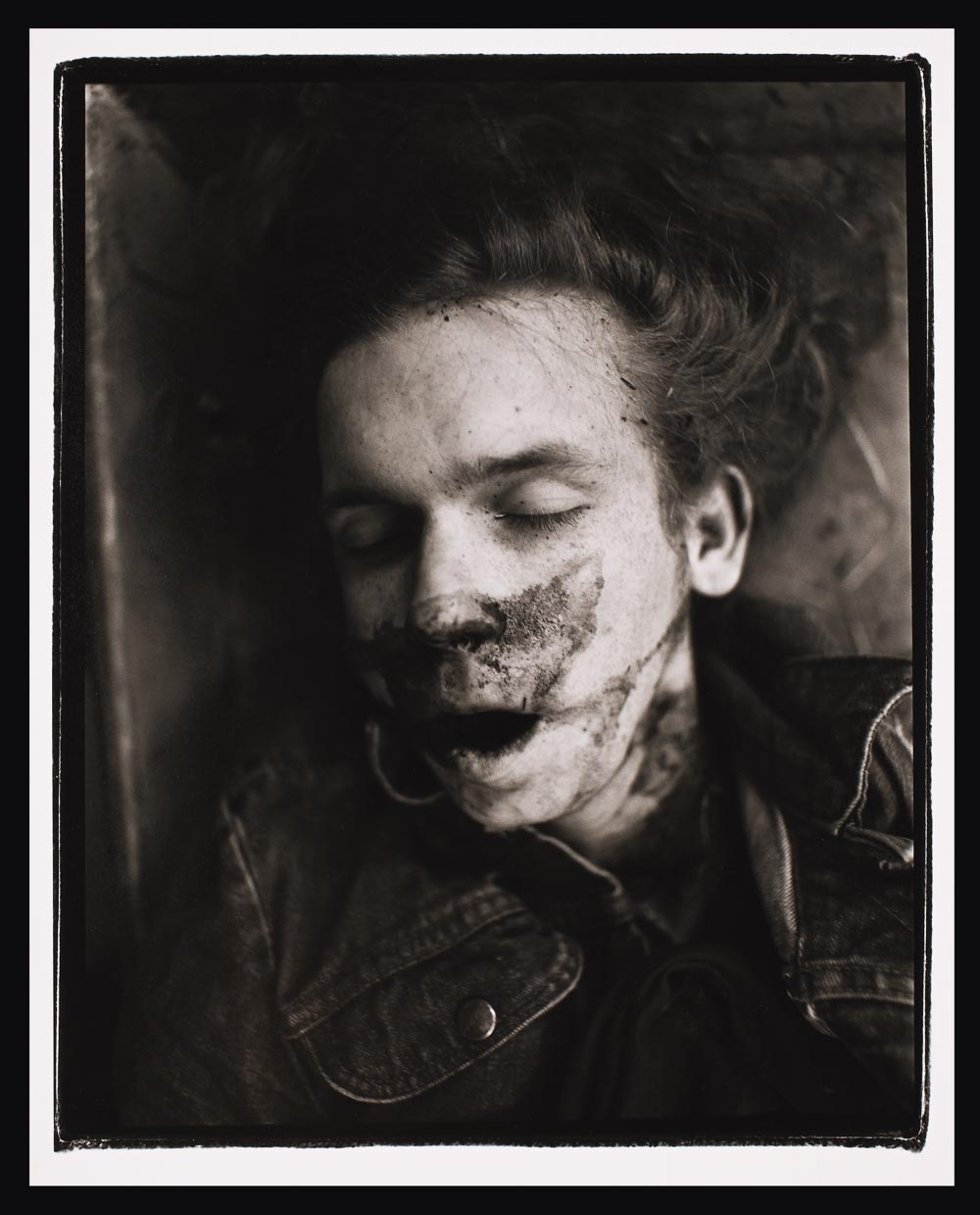
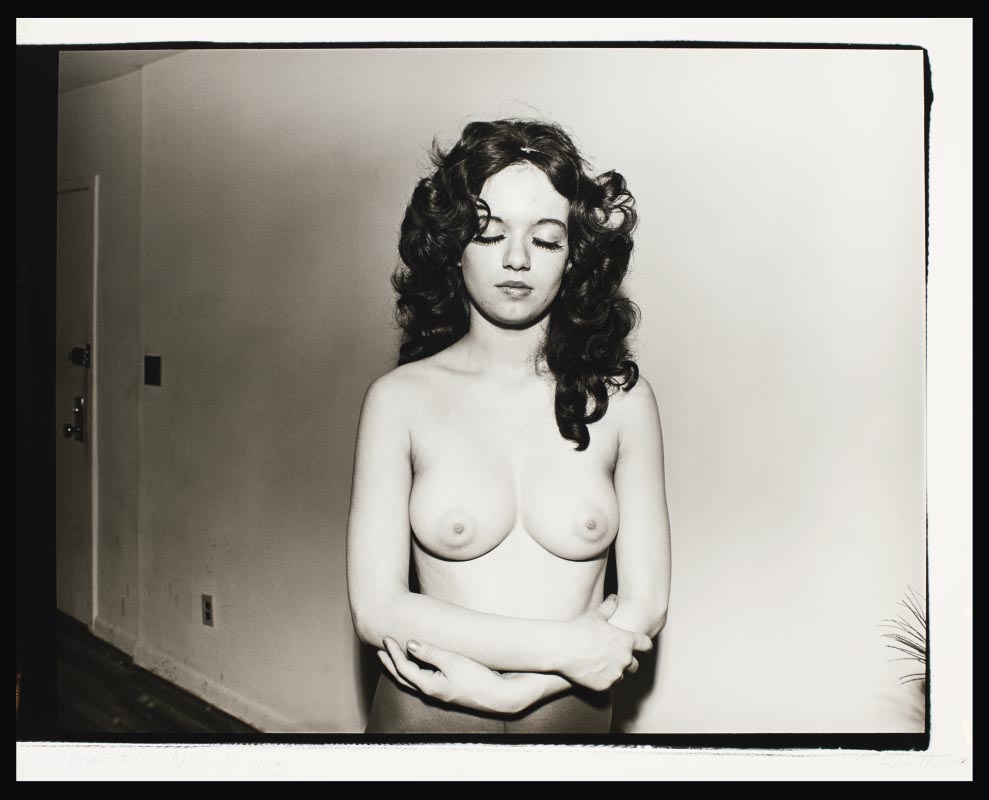
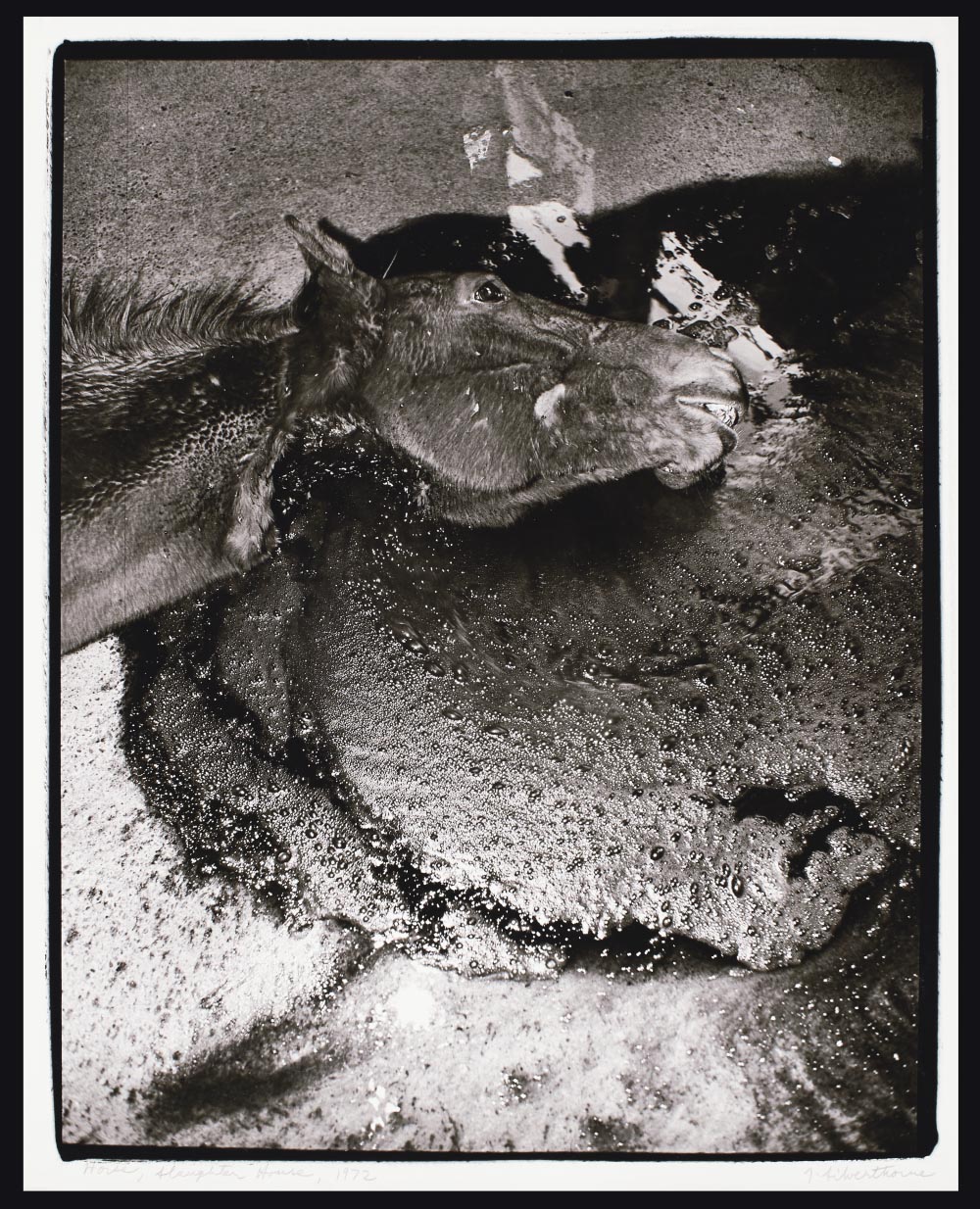
“No wet dreams for Freud or anybody else, it’s simply a question of how do you mark, make visible, your curiosity. Being alive is a gift to be recognized and used. After all, we each will be dead for a lot longer than we will have been alive”.
BF: The photograph in the hand of the corpse…seems like a relic in a way…an object so charged after its use within the frame that it nearly reflexively canonizes itself by its proximity to death and that of iconography within the final image…do you still have the originals? I would be very interested to know…Part two of this question…We have three layers of photographic image within some of these images…the corpse…the nude…and the photograph in hand…very complex…where would Barthes find himself within this arrangement?
JS: Part one,: all life is a relic, someday. Collected things are relics, uncollected things are forgotten, that’s why I collect my curiosities. Yes I do have the original postcards and Elvis is as thoughtful now as he was then. Your choice of the word “still” suggests a long time ago, but I can easily step forward or back in to the psychological time of 1986.
Part two: I have read Barthes many years ago, but I do not know the specific thoughts you may be alluding to. I have been to Bayonne, where he was raised, several times and there is a wonderful and old shop that repairs violins and cellos. It was a sophisticated and primal pleasure to watch the work. Separate of Barthes and cellos, the chronological continuity and the logic of time and language are illusions. Cultural influences of behavior and language are embedded in the mirrors we make, that we are the vehicles to make. The technologies of “communication” continue to fracture a solidity and security of individuals and societies. Beware. Politically correct words are flung wildly, like caged animals throwing feces. On the other hand, the methods and manners of “communication”, the mirrors that we make, can be used to understand and make relationships, rather than to make transactions to embarrass, accuse, and condemn.
BF: This same use of layers comes through on a later series called “The Missing”… it features images of missing people posters, which I remember from my youth. I have written on the milk carton missing children scare of 80’s previously…I have a collection of the images that were used for consumable goods like milk cartons… heavy stuff…. the work is really quite difficult to absorb as they are now fixed in a time… they becomes static in a way. The images are surrounded by the normal, the quotidian scenes behind the posters… the comings… the goings… of daily life in the background… There is an ephemeral transience involved… how did you come to start photographing these… totems… of lost people?
JS: Totems of lost people, a very striking title. The Missing series was motivated by the crib deaths from the 1972-74 Morgue Work. I could only imagine the hole in life that would happen because of an unexplainable death. Medically, the crib deaths may be explainable, but emotionally I could understand no possibility of explanation. The fliers, posters, milk carton pictures of missing people, and then the September 11th, 2001 posters were holes in the lives of others. I was trying to photograph what was not there, to make a place where words were all used up and useless. The “hole” in the continuity, nothing big and nothing unusual, just a wound that will never heal.
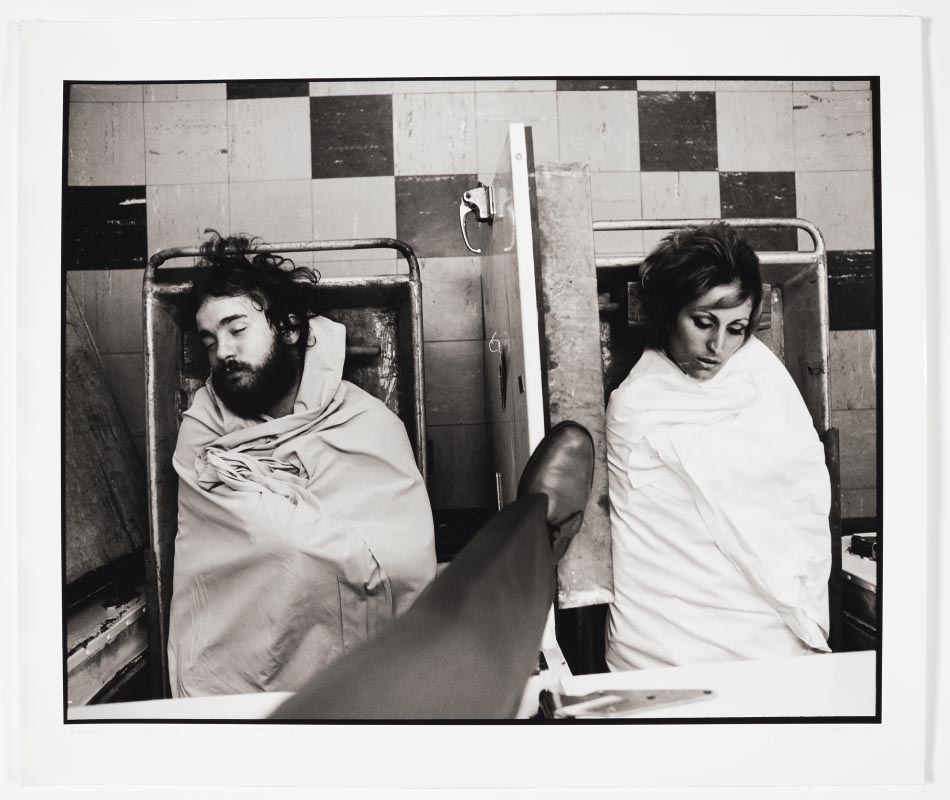
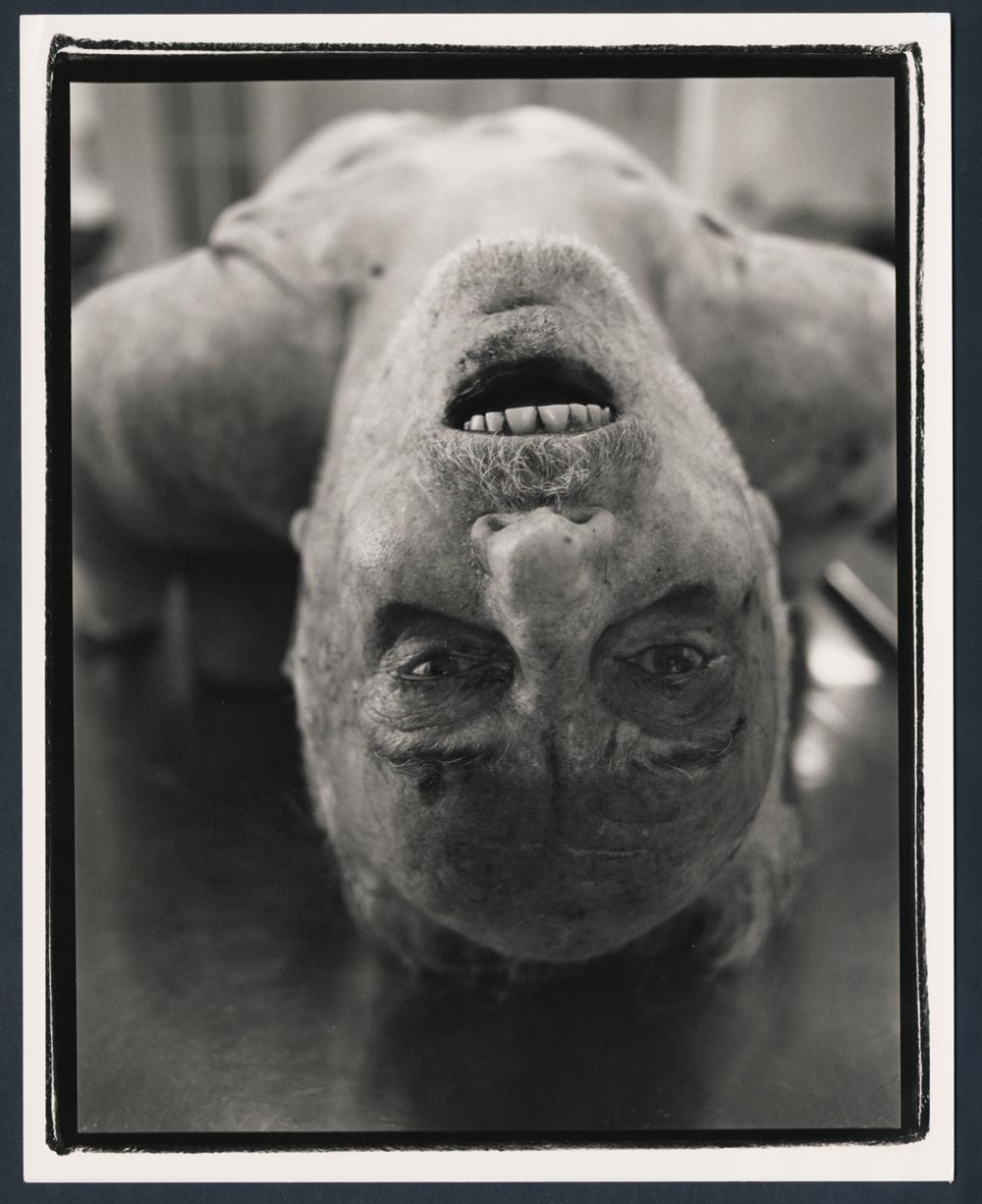
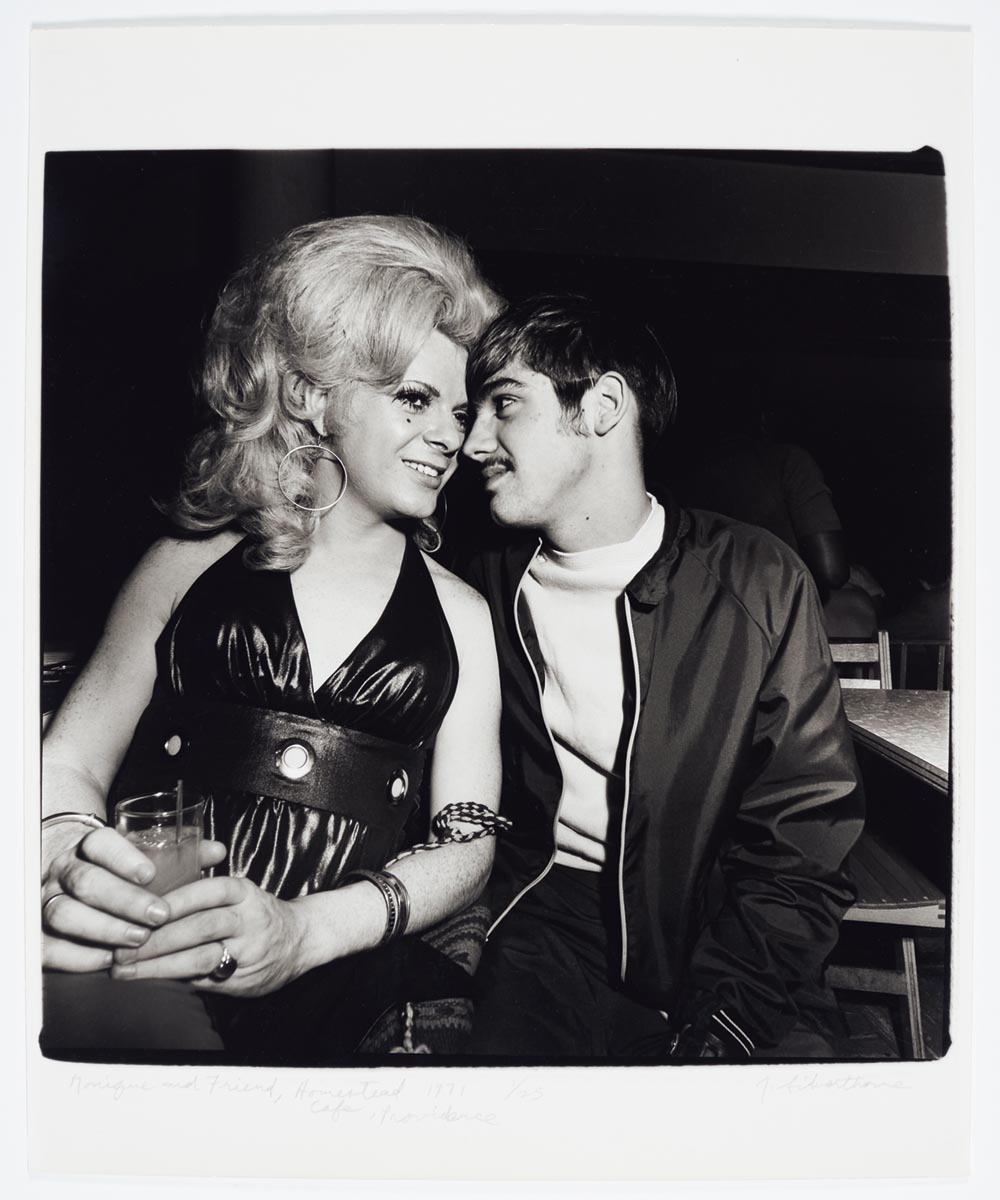
” Putting the postcard, the picture, in the hand of the dead person was one way of offering them sight. It was also one way of putting myself in the corpse’s place. There are ethical, maybe moral, but not legal, questions at play here. So much public and financial value is put on being perfect, but we are not perfect, we are just mortal, transient, people being people and mostly trying to live an okay life. Life is most beautiful when it is usual and the postcard is a usual souvenir/tool/device of travel”.
BF: Your “Tex-Mex” series is a study of Nuevo Laredo, Mexican prostitutes and the environment from where they work. It seems to hint at the larger issues being explored currently of border warfare, the economy of the body, and the transactions of morality imposed on two societies separated by a large looming and painfully monolithic fence, the irony of which is its porous nature… in an almost performing nature, your subjects are juxtaposed in romantic gesture…like 19th century French painting… the tableaux… juxtaposed against black and white images of border control at work… the experience must have been somewhat disconcerting… Can you speak about of what it felt like to be there? And do you think this same series could be made again, now?
JS: People go to borders for all kinds of reasons. Some people already live on borders, and they have for all their lives. I was a foreigner, I went there because it was a more open, more textured and tactile place than the interior, which is where I lived. I was a little familiar with Texas, had some relatives in the Dallas area and I had lived for a short time in El Paso, 1970-71. I started spending time on the Tex-Mex border in 1986 after teaching at the University of Houston and being awarded a NEA Grant. Money helps. I’ve driven the border bottom to top on paved and dirt roads. On the border I mostly spent time in Laredo, Nuevo Laredo, and Del Rio, Ciudad Acuna. The US Border Patrol in the Laredo North Sector was both cooperative and helpful, but they would have done the same with any US citizen. Illegals were illegals, not the enemy. The Border Patrol Agents I met understood the difficulties of leaving your home to go and work jobs that good Americans would not accept. The Del Rio Border Patrol was never cooperative in any way, even when I had special clearance and permission. The Boystowns everywhere ran on money, everything was a money transaction of how much. One was outside, the other was inside. One was the economy, the other was desire/lust, and the economy. Other than geographically I found no simple border. With the growth of the disease of drugs, and after 911, it seemed to me the whole border changed. I met Border Patrol Agents who were openly against the Bush/Cheney war in Iraq. Potential and random violence (drug related) was out of hand in Mexico and on the US side everyone coming into the US was an enemy until proven otherwise. The Bush/Cheney administration, while not completely responsible, I do give great credit for creating national fears that made them and their buddies a lot of money at the expense of many American, and other, lives. Money made by murders predicated on lies, and many, many, American citizens followed the pipers to the slaughterhouse. Bush and Cheney were the weapons of mass destruction in the US and elsewhere. The border changed, the country I knew no longer existed, I was not willing to take the risks, and I stopped going. Read Charles Bowden’s book, Down by the River. The border is still bleeding.
You can see Jeffrey Silverthorne’s work at the Kehrer Gallery Booth at Unseen…and you should.
http://www.unseenamsterdam.com/photographers/3957
(All rights reserved. Text @ Brad Feuerhelm and ASX. Images @ Jeffrey Silverthorne.)
